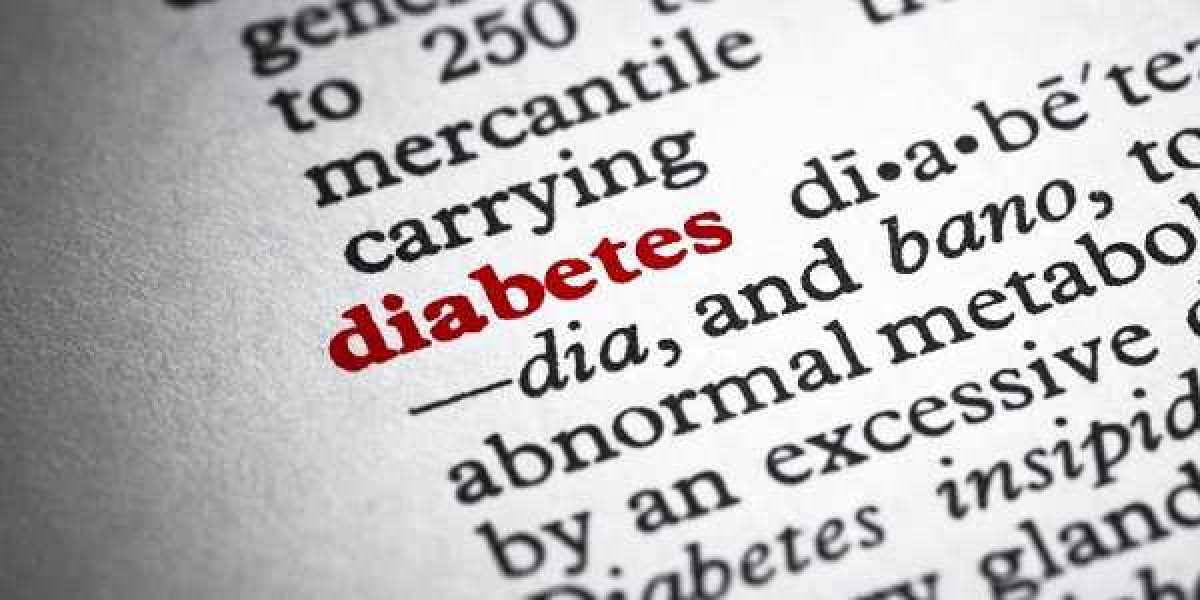Type 1 diabetes is thought to be caused by an autoimmune reaction (the body attacks itself by mistake). This reaction stops your body from making insulin. Approximately 5-10% of the people who have diabetes have type 1. Symptoms of type 1 diabetes often develop quickly. It’s usually diagnosed in children, teens, and young adults. If you have type 1 diabetes, you’ll need to take insulin every day to survive. Currently, no one knows how to prevent type 1 diabetes. With type 2 diabetes, your body doesn’t use insulin well and can’t keep blood sugar at normal levels. About 90-95% of people with diabetes have type 2. It develops over many years and is usually diagnosed in adults (but more and more in children, teens, and young adults). You may not notice any symptoms, so it’s important to get your blood sugar tested if you’re at risk. Type 2 diabetes can be prevented or delayed with healthy lifestyle changes, such as: Gestational diabetes develops in pregnant women who have never had diabetes. If you have gestational diabetes, your baby could be at higher risk for health problems. Gestational diabetes usually goes away after your baby is born. However, it increases your risk for type 2 diabetes later in life. Your baby is more likely to have obesity as a child or teen and develop type 2 diabetes later in life. In the United States, 96 million adults—more than 1 in 3—have prediabetes. More than 8 in 10 of them don’t know they have it. With prediabetes, blood sugar levels are higher than normal, but not high enough for a type 2 diabetes diagnosis. Prediabetes raises your risk for type 2 diabetes, heart disease, and stroke. But there’s good news. If you have prediabetes, a CDC-recognized lifestyle change program can help you take healthy steps to reverse it. In the United States, 96 million adults—more than 1 in 3—have prediabetes. More than 8 in 10 of them don’t know they have it. With prediabetes, blood sugar levels are higher than normal, but not high enough for a type 2 diabetes diagnosis. Prediabetes raises your risk for type 2 diabetes, heart disease, and stroke. But there’s good news. If you have prediabetes, a CDC-recognized lifestyle change program can help you take healthy steps to reverse it.
Esma Sid
18 Articles/Blog posts 🔥








Faizan Ahmad 1 y
The symptoms of prediabetes can vary from person to person, but the most common symptoms include frequent urination, increased thirst, fatigue, blurry vision, and slow healing of cuts and bruises. If you experience any of these symptoms, it is important to speak to a medical professional as soon as possible to get tested and receive an accurate diagnosis.